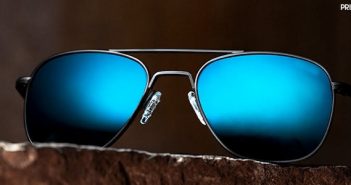In 2016, Apple -one of the top global smartphone brands- took a decision to ditch the standard 3.5mm headphone jack and go wireless. For this, the company offered AirPods (wireless Bluetooth earbuds) instead of a regular pair of earphones. This wasn’t the first attempt to introduce Wireless Audio Technology in a smartphone device; but, it was the finest attempt so far.
Prior to this, some Android smartphone manufacturers tried their luck in providing wireless audio transmission for their mobile devices. But, they couldn’t make it. But now, the wireless audio technology is gradually becoming a mainstream feature in flagship smartphones.
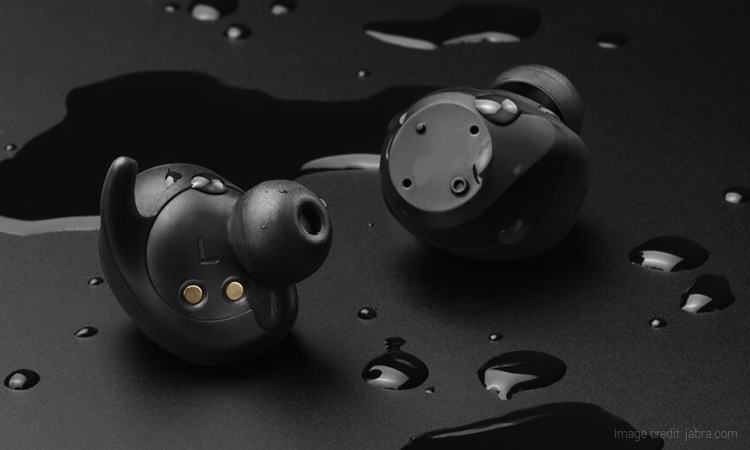
Top smartphone models like Google Pixel 2, Motorola Z2 Force, HTC U11, HTC U11+, and Nokia 8 Sirocco have ditched the traditional 3.5mm headphone jack and are suggesting going for wireless earphone options. Getting freedom from wires is the biggest merit of wireless technology; however, the wireless audio technology has its own demerits as well. And it’s the sound quality.
Will Wireless Audio Technology the mainstream format?
The wireless headphones/earphones option still lacks to match up to the sound quality of their wired alternatives. One primary limiting factor which is in the way of good sound quality in wireless technology is the Bluetooth technology itself. Bluetooth has become the most popular and convenient option as it is everywhere. Hence, Bluetooth is the most preferred connectivity option used for wireless earphones.
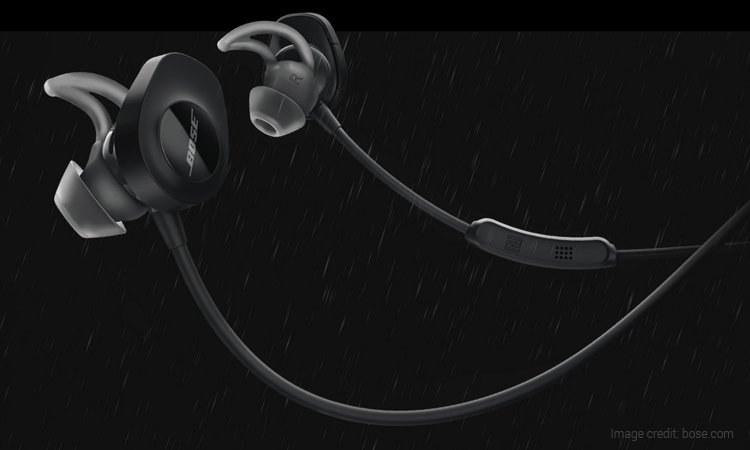
Bluetooth was initially designed to transfer a small amount of data over the air. So, the technology was never configured to transfer heavy audio files. Although, there are some devices in the market having Bluetooth 5.0 standard that offers up to 2Mbps transfer speed; the audio files can’t be transferred for listening on earphones at such high speed.
Bluetooth audio codecs such as SBC, AAC, LDAC, aptX, and aptX HD have limited bandwidth. These audio codecs determine how the audio data is sent from your smartphone to the headphones. The regular mp3, wav or any other the lossless audio files are first compressed at lower bitrates and then transmitted to headphones.
SBC and AAC are the lightest audio codecs, while aptX and aptX HD are improved codecs. LDAC codec supports highest audio transmission than these codecs.
Another big problem with Bluetooth wireless technology is the latency. In case you don’t know what latency is all about, it is the time required for the audio being transferred from source to earphones. It is measured in milliseconds. Lesser the latency, better the audio experience you will get.
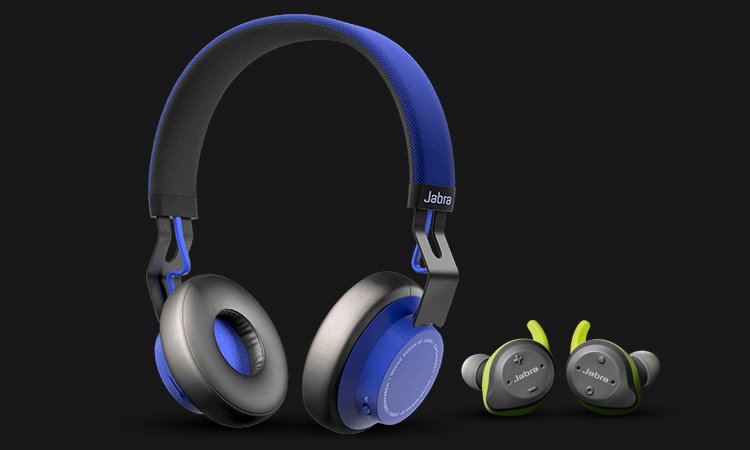
You will hardly feel annoyed due to latency while listening to music files via Bluetooth, but you will surely notice latency while watching movies or any video content on your smartphone.
Also, you can’t amplify the sound quality of audio wirelessly. There are some portable external headphone amplifiers available in the market which is ideal for boosting sound quality. But, none of the earphones in the market comes with the built-in amplifier on it. So, you will have to stay happy with compressed and lossy audio experience.
Verdict
Until all these issues get resolved, we can’t actually rely on wireless audio technology as the mainstream format. If you prefer lossless and uncompressed music experience, then a regular headphones pair will be the best option for you. But, if you require the convenience of being wireless, then Bluetooth stereo earphones/headphones are perfect for you.

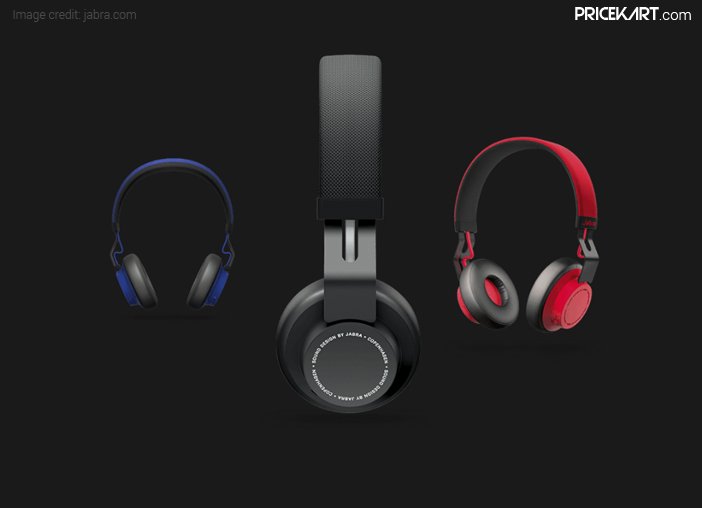

![Fast Charge Your Phone with These Amazing Fast Charging Power Banks [Updated Feb 2022]](https://blog.pricekart.com/2019/11/Powerbank-351x185.jpg)
